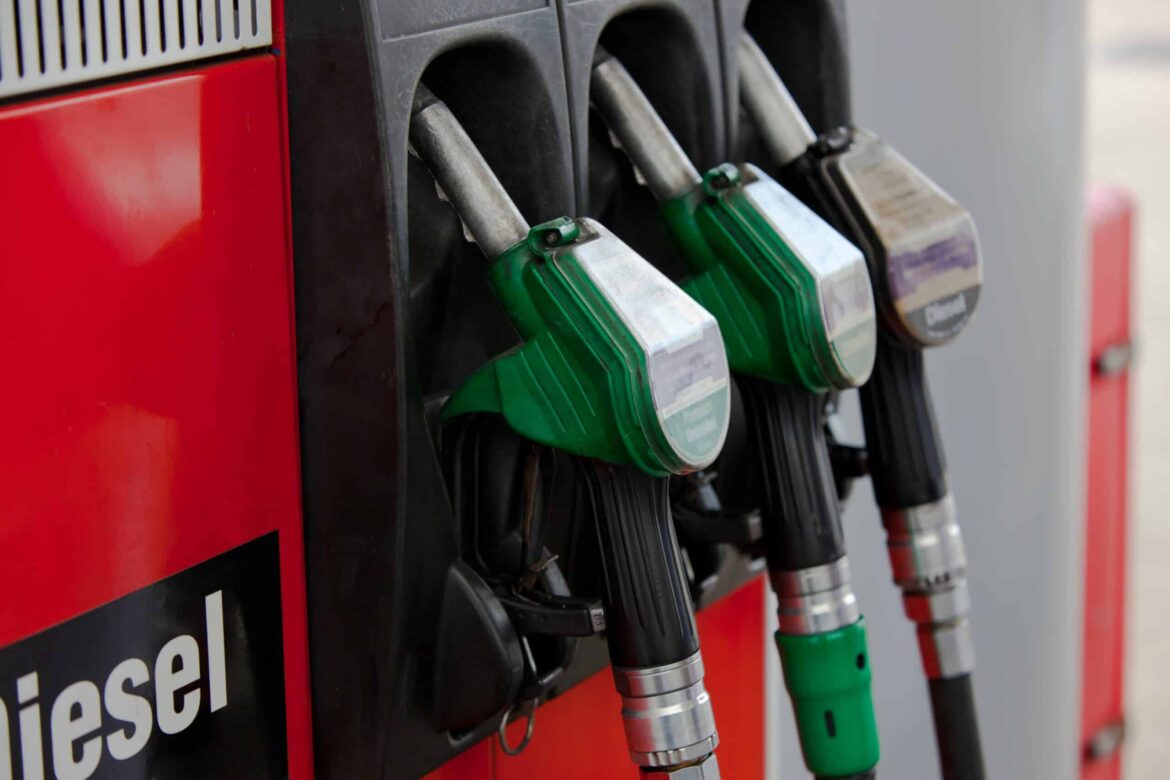1.3K
The differences between e-fuels and diesel fuels lie not only in their production. E-fuels also behave differently when it comes to fuel consumption.
Differences between E-Fuels and Diesel
Unlike diesel fuels and petrol, which are made from fossil fuels such as petroleum, e-fuels are based on a chemical process that produces a fuel from green hydrogen and carbon dioxide in the atmosphere.
- The advantage of e-fuels over conventional diesel is therefore clearly in the production process. If a manufacturer produces e-fuels with green electricity, the carbon dioxide in the process is eliminated.
- E-Fuels are therefore better for the environment because they release the same amount of carbon dioxide that was captured during production. Although they produce this gas when consumed, they are thus considered to be carbon neutral.
- In summary, the difference between the old familiar fuels and e-fuels lies in how and where the electricity for their production comes from. And finally, how much carbon dioxide is consumed in the process.
Are e-fuels an alternative to conventional diesel?
This question can only be answered in the affirmative if the energy needed to produce e-fuels comes from purely green sources, such as wind power. However, the necessary components of an e-fuel are not exactly low-energy.
- If a manufacturer wants to use hydrogen chemically, he first needs the element in a suitable form. This requires a lot of energy, which in turn must of course be produced in the most climate-neutral way possible.
- The situation is similar with carbon dioxide. E-fuels are only climate-neutral if the gas is extracted from the atmosphere. Unfortunately, this is currently still cost-intensive and requires large amounts of energy.
- Carbon dioxide can also be extracted in the chemical industry. The only difference is that this in turn generates new gas.
- The only truly climate-neutral alternative to diesel is therefore an electric car powered by green electricity. With an electric car you can drive about four times as far as with a car fuelled with e-fuels from the same amount of electricity.

